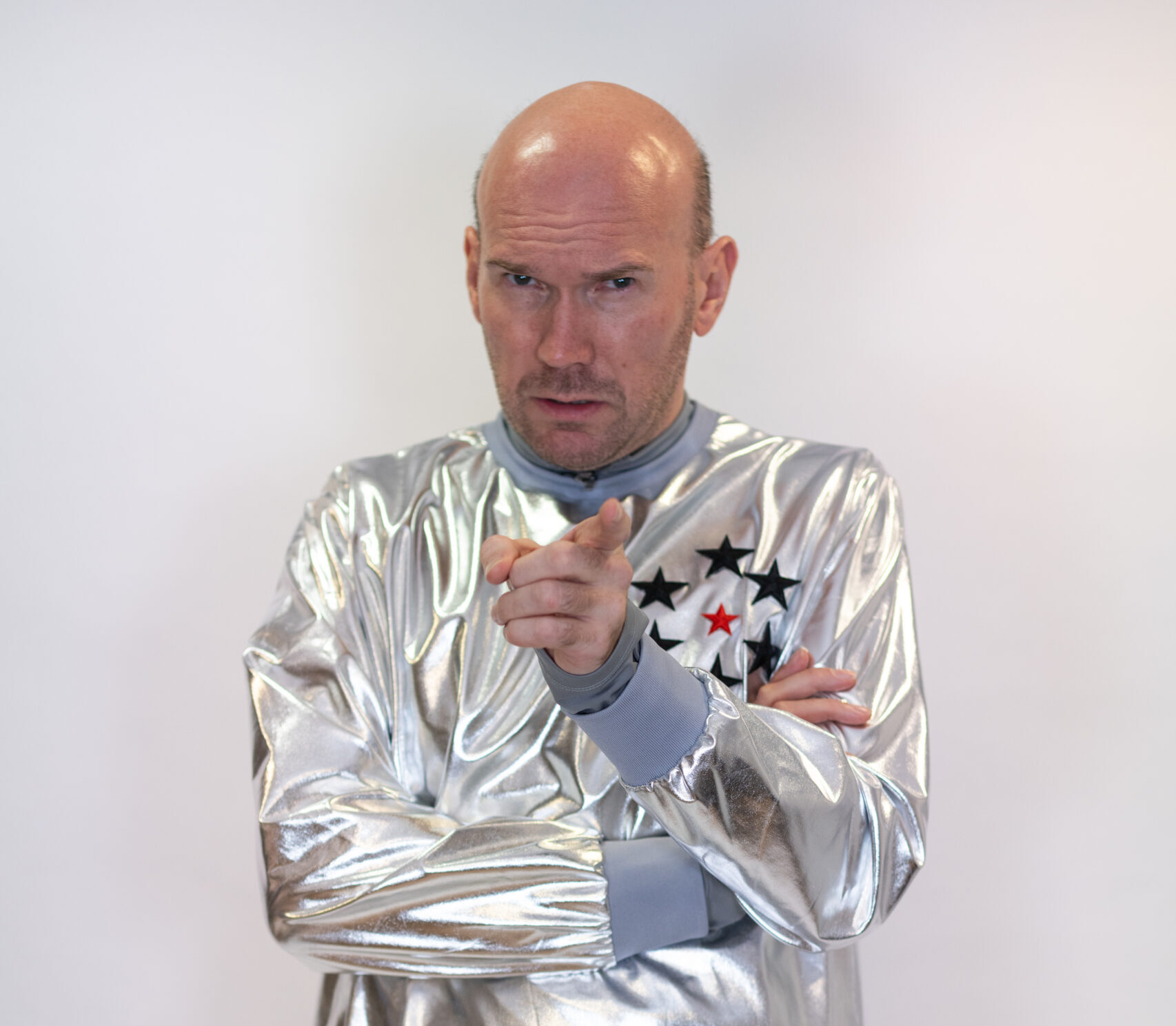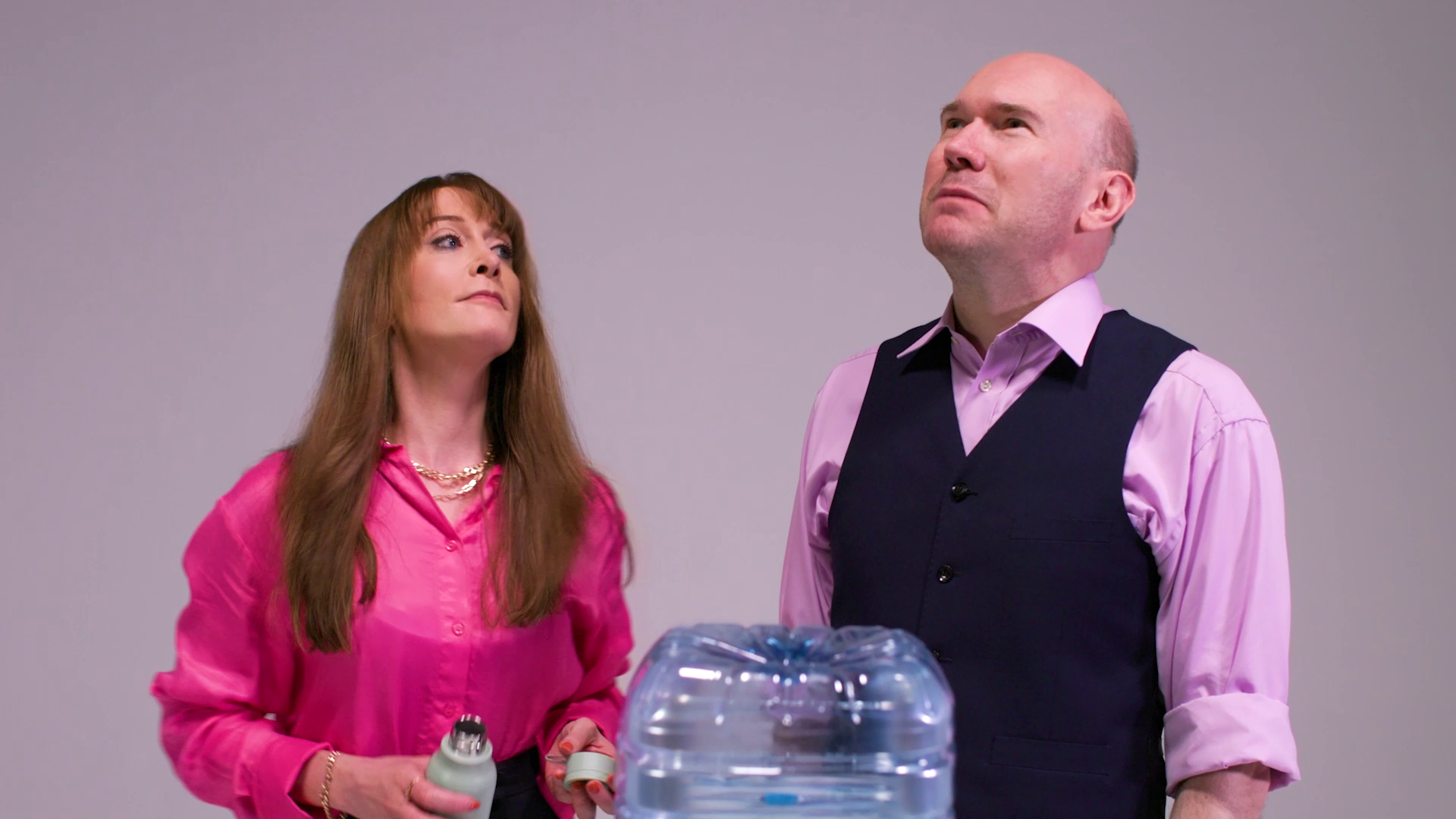Learning is often designed to fill learners with facts and information. This is great if you want to increase their understanding of a subject, but what if you actually need to change their behaviour?”
This challenge struck us whilst we were producing our new Management & Workplace Essentials video series over the summer. I was fortunate to be able to discuss this with our series curator, Clive Shepherd, and hear his thoughts on ‘Selling The Big Idea’…
There are essentially three types of learning:
- There is knowledge, which is about what we want people to remember.
- There are skills, which are often things that we want people to practise, so they will be able to do them easily and competently.
- Then there is the category which addresses attitudes and behaviours – ‘The Big Idea’.
This last category, The Big Idea, isn’t always well served; particularly when it comes to online learning and self-study materials. That’s because you can’t just ask people to change their behaviour – to be successful, they have to believe in it.
With knowledge, we can use simple exposition by showing the knowledge and testing it with a quiz. With skills we can use an instructional approach – demonstrating the skill and getting people to practise it. We can then give feedback and build skills through coaching. But ‘The Big Idea’ needs a different strategy. It needs to take the learner through a process of guided discovery to get them to sign-up and buy-in to the learning. With this approach, we present the learner with a situation, which provokes a response which, in turn, creates a consequence that learners can reflect on to change their behaviour and their reactions to other peoples’ behaviour in the future. That reflective process is absolutely vital. As the designer and online learning commentator Stephen Downes says “10,000 hours of practice may produce expertise, but 10,000 hours of unreflective practice produces nothing but sore shoulders”.
The first three elements – situation, response and consequence – could be personal experiences, where you are placed in a situation in real life or a group and learn from the insights. However, we are also able to reflect and learn from observing the experiences of others. Watching others gives us clues as to what would happen if we did the same thing. So, guided discovery can be heavily influenced by vicarious experiences and that’s where story-based video becomes such a powerful medium. Video can allow us to sit in and observe a situation and to gain insight as events unfold – think of it as an accelerated life experience.
For this to work well the learner needs to care about the consequences because it’s highly relevant to their personal goals and problems – relevance drives out reluctance to learning. Additionally, learners need to identify with the characters and care what happens to them. For that to happen, the characters need to be credible, so viewers become emotionally engaged in the story.
It may only take a two or three minute video story to trigger the process of reflection, although this isn’t because people can’t concentrate in the ‘YouTube’ era. Anyone can sustain attention for longer than that; particularly if they are confronted by a problem-solving challenge (as gamers will know), or if they are engrossed in a story (like the latest box set). Still, when we are creating learning blends, the inputs may be quite small, but the process of reflection beyond that initial trigger video could be considerable. People can spend hours, days, weeks or even years trying out ideas and testing them in the real world.
And the benefit of ‘The Big Idea’ for learners? By using video triggers face-to-face or online L&D practitioners can support a process of guided discovery. Rather than just telling them what they need to do, this approach allows learners to reflect on their behaviour – and actually change it themselves.



